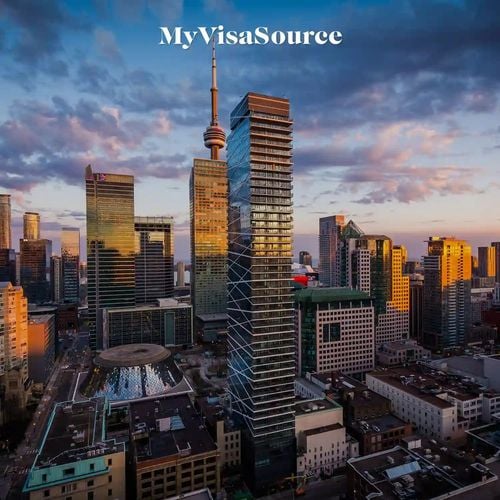Most people have a misconception that showing up at the US border is enough to gain asylum in the United States. However, it is an oversimplification. Gaining asylum in the US is by the most rigorous and scrutinized way to be admitted to the US as asylum seekers are required to go through an extensive amount of vetting by various government agencies.
Foreign nationals travel to and visit the United States for a plethora of reasons including reuniting with family members, employment opportunities, international study experience, business travel, etc. These are all voluntary reasons and most of them have a positive immigration experience. However, it is not the same for asylum seekers. See Visitor Visas for temporary status.
Asylum seekers are displaced people who have been forced to seek refuge. According to the United Nations High Commissioner for Refugees (UNHCR), there are an estimated 80 million people who have been forced to seek refuge outside their country of citizenship. As of mid-2020, 4.2 million out of those 80 million are asylum seekers.
What Is Asylum and How Does it Work in the US?
Asylum is the way civilized nations protect individuals from countries that are unwilling or unable to protect them. The Immigration and Nationality Act defines a refugee or an asylum seeker as a person who is unable or unwilling to return to their country of citizenship due to persecution or a well-founded fear of persecution based on their race, religion, nationality, membership in a particular social group, or political views.
The US Citizenship and Immigration Services (USCIS) manages asylum applications. Asylum is granted only based on the above-mentioned criteria. The USCIS will not grant asylum based on:
- Wanting better employment opportunities
- Because family-based or other immigration pathways take longer
- Not knowing other options
Every year, USCIS admits 25,000 asylum applications. However, there is no mandatory limit. There is a visa capacity limit on refugees. Recently, President Joe Biden announced an increase in refugee admissions to 125,000, but that is not related to asylum seekers.
What Are the Reasons for Seeking Asylum?
The main reasons for seeking asylum generally are that people are trying to escape violence or persecution in their home countries that their country’s government is not protecting them from. This involves religious or political persecution. Most families leave countries like Guatemala, Honduras, El Salvador, etc because of the increased gang and drug-related violence, forced smuggling activities, and persecution of the LGBTQIA+ community.
How Can You Seek Asylum in the United States?
Generally, asylum seekers show up at the US Port of Entry (POE) like border crossings, airports, or seaports. There is no process to apply for asylum from their home countries. There are 2 types of asylum processes in the US:
Affirmative Asylum Process:
Affirmative asylum is what is considered a regular asylum case. This process involves the applicant being present in the US and applying for asylum at the POE. Generally, the applicant files Form I-589, Application for Asylum and Withholding of Removal within a year of arriving in the US. There is no application fee required. The applicant will also be provided with a qualified interpreter for the asylum interview if required.
Defensive Asylum Process:
When an asylum seeker has already been issued a removal order through an immigration court, the case becomes a defensive asylum process. This process involves the applicant requesting the government to revoke the decision to remove them from the US and allow them a chance to remain in the US via asylum. If the following situations apply, then an asylum case is defensive:
- The person claimed asylum at the border
- They applied for affirmative asylum but their application was refused
- They were issued a removal order for immigration violations
Sometimes, if the Customs and Border Protection (CBP) officials have a reason to believe that the person’s life is in danger, then they may go through the defensive asylum process. This is known as the Credible Fear Process.
To be in the defensive asylum process, the applicant must have gone through removal hearings in an immigration court. The US Immigration and Customs Enforcement (ICE) argues the case against the asylum seeker.
Who Is Eligible For Asylum in the US?
Individuals who fall under the above-mentioned criteria for the definition of asylum seeker can claim asylum if they are present in the US. They can also include their accompanying spouse and dependent children under the age of 21 in their asylum applications. Filing Form I-589 is a straightforward process, however, the whole process goes way beyond a form.
Applicants must submit evidence to support their claim of persecution or fear of persecution. However, for most applicants, this is the hard part. Applicants can also submit supporting documents that may include witness statements from people who witnessed firsthand the conditions that make the applicant eligible for asylum, the applicant’s statement, and proof of identity of people submitting the statement.

















